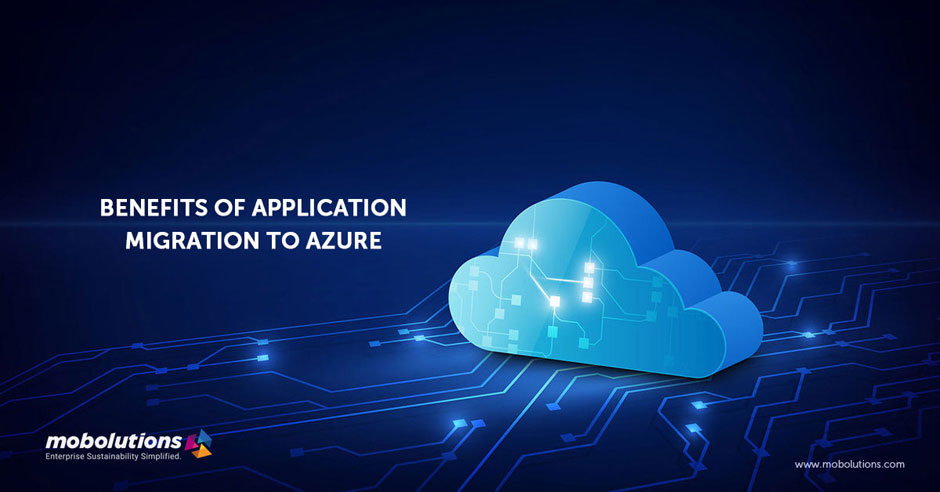Within each industry and geography, the rapid digitization of products and services, operations, and customer interaction is now facing unprecedented shifts in the business climate. New transformative market strategies of cloud analytics, cloud data, and cloud security capabilities in future – are actively deploying groundbreaking goods and services that are adopted by “born digital” customers, helping to succeed start-up ventures, such as Uber, Slack and TransferWise. It is no wonder that the economic advantage and loyalty of incumbents are at stake. Market leaders in the industry are digitally reconstructing critical market models in order to succeed and prosper.
According to an IDC Client Report in January 2016, only 22% of respondents migrated to external public clouds, “over one or two small applications,” which stayed strong from the previous year. However, only 5% claim that they have an “optimized” cloud approach. Company and IT executives must also actively pursue greater benefits from faster application migration and stronger cloud solutions in order to remain competitive.
In two sectors – IT architecture and market digitization – the conversion of existing.NET and Windows software to Microsoft Azure in combination with a broader digital approach provides major benefits.
Better IT Infrastructure
Azure cloud architecture offers various technical advantages, such as expense, speed, scalability, and usability relative to conventional application platforms.
Reduced Costs
Running apps in the cloud costs less than on legacy systems thanks to the simplicity of Azure’s modular platform. Cloud hardware and applications are not only cheaper, but resource efficiency is higher, bursting is more affordable, and community-driven tools with fewer resources allow application management.
Increased Speed
It is both easier to launch infrastructure services and framework launches in cloud environments. Azure-based workflows can be deployed in minutes with assistance from Azure DevTest Laboratories vs weeks for legacy systems and partitioned into micro-services that are easier to implement and independent of wider, cumbersome release cycles.
Scalability and Performance
Built to easily scale and manage a range of high-performance workloads because of Azure’s fundamental architecture of universal and centralized tools. which can help to automatically scale cloud infrastructure to meet the changes in application demand.
Deployment Flexibility
Azure-based apps are ideally suited for companies with increasing or fluctuating needs. Elastic cloud systems are used on a daily basis for large data processing as well as for applications involving computed bursts during cyclical or intermittent demand.
Rapid Business Digitalization
Precisely because of these IT infrastructure benefits over traditional systems, conversion of existing apps to Azure, similar to native cloud applications, accelerates the digitization of business products, facilities, processes, customer engagement, and employees’ workplaces. This results in improved customer service, agility for industry, and time-to-market.
Customer Reach and Intimacy
Moving different SAP applications to the cloud opens up possibilities for convergence with web and social media that attracts more consumers across new networks and create intimacy at a reduced cost.
Time-To-Market
Cloud solutions provide developers with greater mobility to experiment in smaller communities and to test innovative concepts without relying on the infrastructure team and legacy systems, and with less risk and expense. Inside the Azure DevTest Lab, developers can easily provide tools, create code, implement technology through standard-based APIs, and scale their testing as required, including failing regularly to produce results that advance market outcomes.
Business Agility and Innovation
Faster update times of apps transform into the faster implementation of new services. Although legacy platforms can restrict releases of the software to a few times a year, Azure’s integrated tools, from mobile DevOps to serverless computing, allow updates a few times a day. This pace can be the difference between the gain or loss of market share and the competitive edge.
